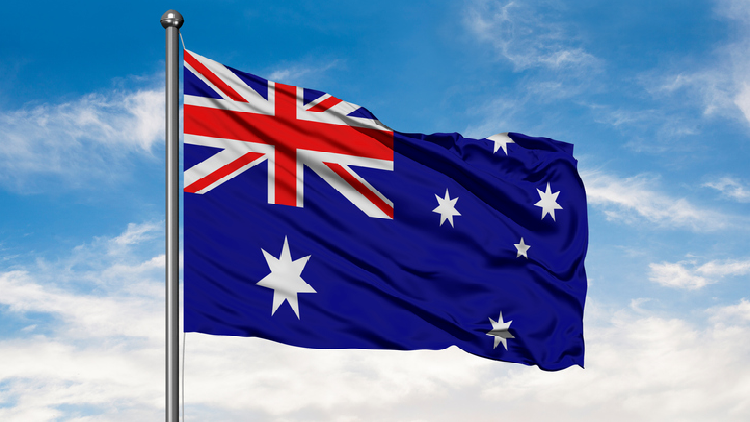Maintaining momentum: Australian supplements sector secures domestic and exports growth

In the report titled ‘Industry Audit and Trends 2020’, the Complementary Medicines Australia (CMA) said that the biggest category went to the vitamin and dietary supplements, which is worth AUD$3.1bn (US$2.1bn) and recording a five-year CAGR growth of 55%.
This is followed by sports nutrition at AUD$1.31bn (US$910m), herbal/traditional products at AUD$760m (US$529m), and weight loss at AUD$430m (US$299m).
The industry is said to reap a profit margin of 10.8% and there are now 92 manufacturing sites in the country that are licensed by the Therapeutic Goods Administration (TGA).
Upward growth for exports
Official exports of complementary medicines had increased by 15% last year, said the report, citing data from Austrade.
“Australia has created an AUD$1.1bn (US$766m) export success story as consumer demand continues to grow for high quality Australian complementary medicines,” said the report.
China and Hong Kong are the country’s largest importers of complementary medicines, taking the lion’s share at 71.5%.
Vietnam (8.5%) and Oceania (6.4%) follow next, taking the second and third spot.
The report said Asia, with a growing middle class and ageing population, would continue to drive the growth of Australia’s export market.
Channel choice
Pharmacies remain the top choice for Australians buying dietary supplements, but e-commerce is catching up on speed.
Close to half (47.4%) of the purchases dietary supplements were from pharmacies, partly due to the availability of healthcare advice.
“The retail distribution of vitamins and dietary supplements has long been stable, with consumers preferring to purchase products from outlets which also provide healthcare advice, with pharmacy as the largest sales channel.”
At the same time, it noted that online retailing was growing, where 11.8% of the purchases were from e-commerce.
The phenomenon is linked to the strong performance of para-pharmacies, especially the online expansion of discount pharmacies.
Some of the online pharmacies in Australia include Chemist Warehouse, Amcal.
Other channels taking up a substantial share include specialist retailers (17.1%) and supermarkets and grocery (15%). Direct-selling and health foods stores take up 5.2% and 3.5% respectively.
Last year, seven out of 10 Australians have used at least one form of complementary medicines, similar to what was reported in 2018.
One-third of Australians said they used complementary medicines to manage the symptoms of a chronic disease.
Products focusing on general health, joint and bone, heart health, digestive, and women’s health are the top five biggest categories.
Ingredients wise, probiotics were reported to be the fastest growing.


















